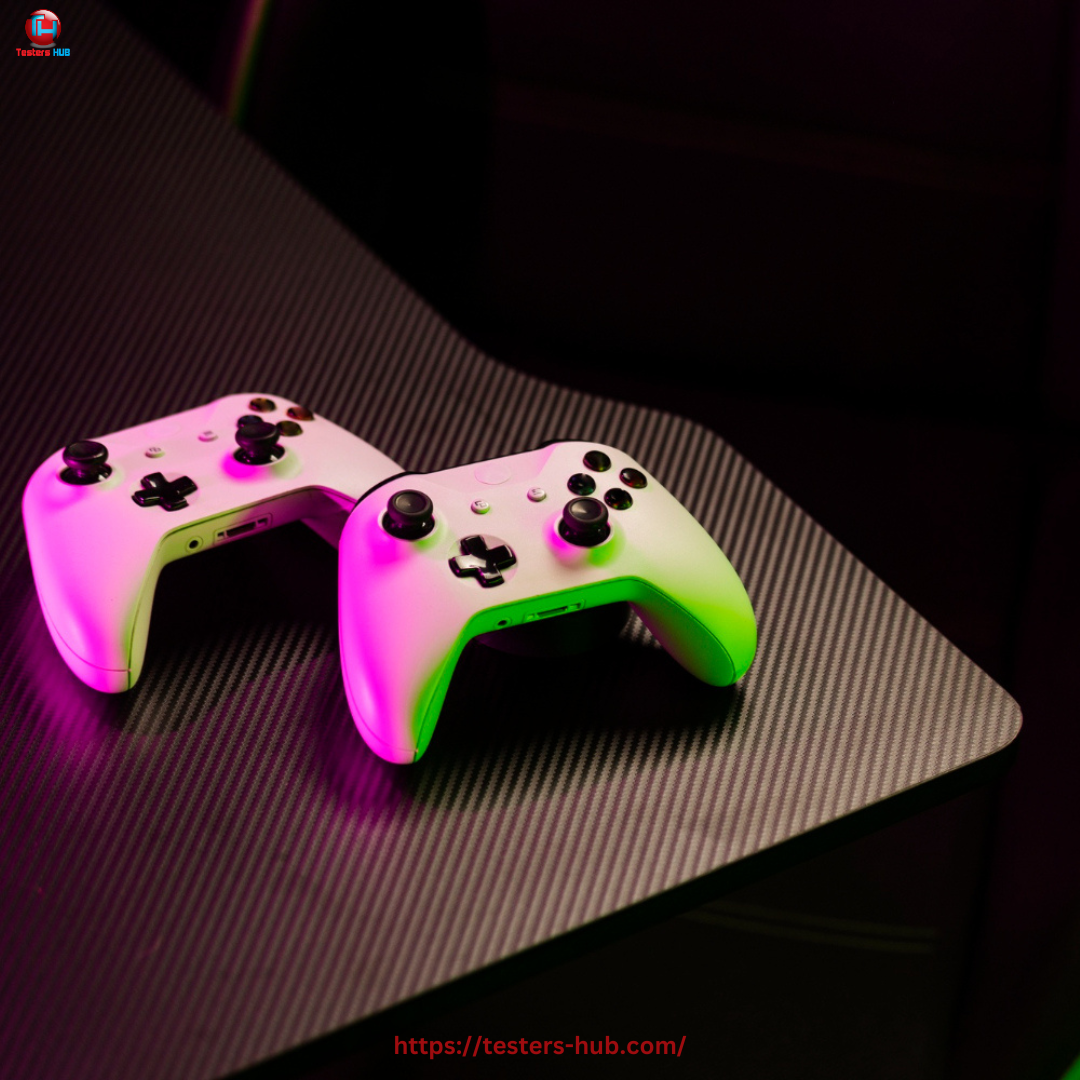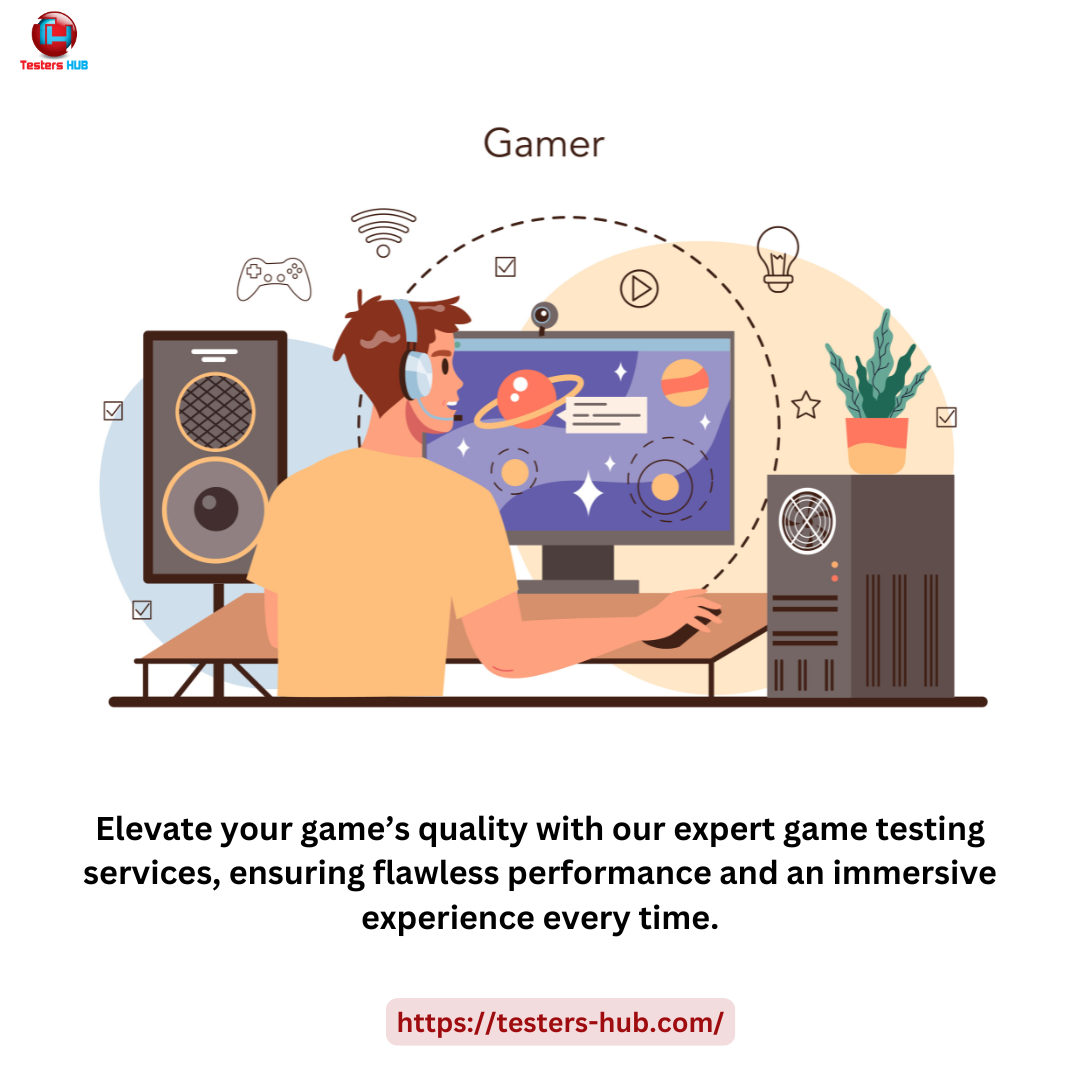
7 minute read
Top QA Game Testing Companies for VR Experiences
Why VR Testing Is Unique
Motion Tracking
Motion tracking is a fundamental component of VR that significantly influences the player experience. Gamers anticipate that their physical actions will be mirrored accurately in the virtual space, creating a sense of presence and immersion. This relies on advanced tracking technologies that capture head and body movements with high accuracy. If motion tracking fails, it can lead to disorientation and disrupt the player's engagement, underscoring the necessity for meticulous testing in this area.
Immersion
Immersion is the cornerstone of any successful VR experience. Players should feel as though they are truly part of the game world. Any glitches, latency, or performance issues can break this connection, leading to frustration. QA testers must evaluate not only the technical performance of the game but also how these elements contribute to the overall immersion.
Hardware Support
With a variety of VR headsets available—from Oculus and HTC Vive to PlayStation VR—ensuring compatibility across different hardware is a significant challenge. Each platform may have unique specifications, necessitating a tailored testing approach. This is where specialized QA companies excel, employing teams with expertise in various VR systems.
Specialized QA Companies for VR Game Testing
When it comes to VR game testing, several companies excel in delivering high-quality and innovative services. Testers HUB is a prominent player in this field, offering a wide range of game testing solutions specifically designed for virtual reality. With a team of skilled professionals, they are well-versed in the complexities of VR technology and utilize diverse testing methodologies to ensure that games provide outstanding experiences for players.
Notable Companies in VR Testing:
Testers HUB: Renowned for their dedicated approach to VR, Testers HUB provides comprehensive testing services, including functionality, compatibility, and performance assessments, tailored to the unique demands of VR gaming.
Qualitest: A global leader in quality assurance, Qualitest has broadened its offerings to include testing for VR and AR applications, combining manual and automated testing strategies to ensure top-notch results.
Keywords Studios: With a strong focus on game development support, Keywords Studios offers testing and localization services for VR experiences across various platforms, ensuring quality and consistency.
VMC: Specializing in testing and localization, VMC is committed to delivering high-quality VR experiences, leveraging their expertise to identify and resolve issues effectively.
Performance Testing in VR
Performance is paramount in VR gaming. Players expect smooth, high-framerate gameplay to maintain immersion and avoid motion sickness. In VR, even a brief dip in frame rates can disrupt the experience, making performance testing a crucial part of the QA process.
The Importance of Frame Rates
To create an engaging VR environment, games must run at optimal frame rates, typically 90 FPS or higher. QA teams conduct extensive testing to identify any performance bottlenecks, optimizing graphics settings and code to enhance performance. This process often involves testing on various hardware setups to ensure consistent performance across devices.
Stress Testing
Stress testing is another vital aspect of performance evaluation. QA teams push the game to its limits, simulating high player loads or complex interactions to identify weaknesses in the system. This proactive approach helps developers resolve issues before the game reaches players, ensuring a smoother launch.
VR Controller and Tracking Testing
Ensuring Accurate Controls
Accurate controls are crucial for immersive gameplay. In VR, players use various controllers to interact with the virtual environment, and any misalignment can severely impact the experience. QA testers meticulously evaluate controller responsiveness, ensuring that movements translate accurately into the game.
Tracking Systems
Different VR systems employ various tracking technologies, including inside-out and outside-in tracking. QA teams test these systems to ensure that they work seamlessly under a variety of conditions, such as different lighting environments and player distances from sensors.
Cross-Platform VR Testing
As the VR market expands, cross-platform compatibility becomes increasingly important. Players expect their games to function seamlessly across different headsets and devices.
Testing for Multiple Platforms
To achieve this, QA services must implement rigorous testing strategies that cover various platforms, including Oculus Rift, HTC Vive, PlayStation VR, and more. This involves not only testing functionality but also ensuring that graphics and performance remain consistent across devices.
User Experience Consistency
Cross-platform testing also includes evaluating user interfaces and control schemes to ensure a consistent experience for players, regardless of their chosen hardware. This attention to detail is essential for maintaining player satisfaction and loyalty.
Sensory Testing
Sensory testing in VR involves evaluating the player’s complete experience through visual, auditory, and haptic feedback.
Visual and Auditory Evaluation
QA teams assess graphics quality, ensuring that visual elements are rendered accurately and appealingly. This includes checking for issues like frame rate drops, graphical glitches, and resolution inconsistencies. Additionally, sound design plays a pivotal role in immersion; QA testers evaluate sound effects and spatial audio to ensure they enhance the experience.
Haptic Feedback
Haptic feedback adds another layer of immersion in VR. QA teams test the effectiveness of vibrations and tactile responses from controllers to ensure they correspond appropriately with in-game actions. This sensory feedback is vital for creating an engaging and believable virtual environment.
Latency and Lag
Understanding Latency
In VR, latency can lead to significant gameplay issues, affecting player experience and comfort. Latency refers to the delay between a player’s action and the game’s response. High latency can cause disorientation and motion sickness, making thorough testing essential.
Analyzing Network Performance
QA teams rigorously analyze network performance to identify and mitigate any latency issues. This involves testing under various conditions to ensure that multiplayer experiences are smooth and responsive, crucial for maintaining immersion and player engagement.
VR Multiplayer Testing
Synchronizing Player Interactions
Multiplayer VR experiences come with distinct challenges, particularly when it comes to ensuring that player interactions happen in real time. QA testers play a critical role in assessing network stability and responsiveness to foster a smooth and engaging multiplayer experience for users.
Evaluating Under Varied Conditions
Testing VR multiplayer games involves simulating a range of network conditions, such as low bandwidth and high latency. This approach allows developers to gain insights into how their games will perform under realistic scenarios, enabling them to make essential adjustments that enhance the overall player experience.
Future of VR Game QA
As VR technology progresses, the approaches to game testing will inevitably transform.
Future Trends
AI-Driven Testing Solutions: The integration of artificial intelligence in QA processes may automate many testing tasks, enhancing both efficiency and scope. These advanced tools could quickly detect bugs and assess performance issues, significantly speeding up the testing cycle.
Heightened Focus on Player Experience: As players continue to seek deeper immersion, there will likely be an increased emphasis on sensory testing. QA teams will need to innovate their methods to thoroughly evaluate and improve the player's journey in virtual spaces.
Adapting to New Technologies: With the blending of augmented reality (AR) and virtual reality (VR), QA companies will need to refine their testing strategies to accommodate these evolving platforms. This includes developing robust testing frameworks for mixed-reality applications that merge real-world interactions with virtual elements.
Expanded Accessibility Testing: As inclusivity becomes a priority, QA practices will broaden to include more comprehensive accessibility assessments. This will ensure that VR experiences cater to a wider audience, providing enjoyable interactions for players of all abilities.
Conclusion
The distinct challenges presented by VR game testing require specialized quality assurance services. Firms like Testers HUB lead the way in guaranteeing that VR experiences are both functional and captivating. As the VR gaming industry evolves, the need for thorough testing will only grow in significance, playing a vital role in shaping the future of gaming. With committed QA services, developers can create memorable experiences that keep players engaged and eager for more.










